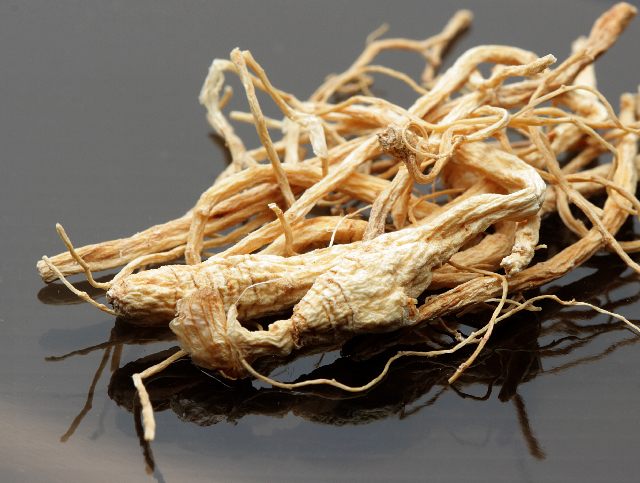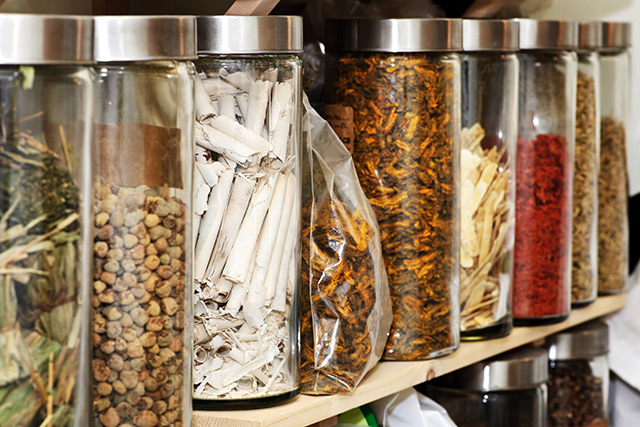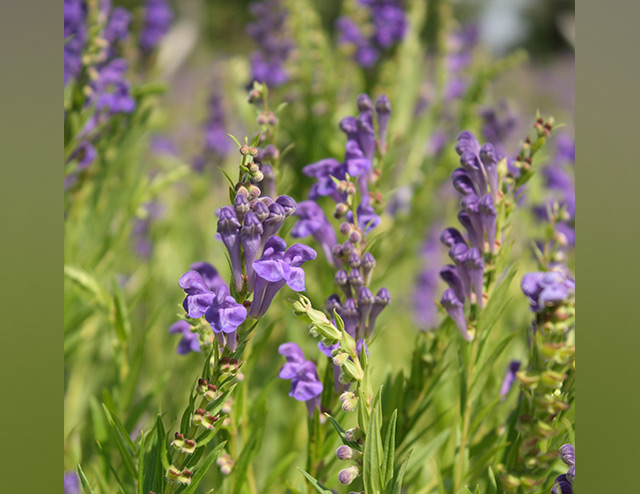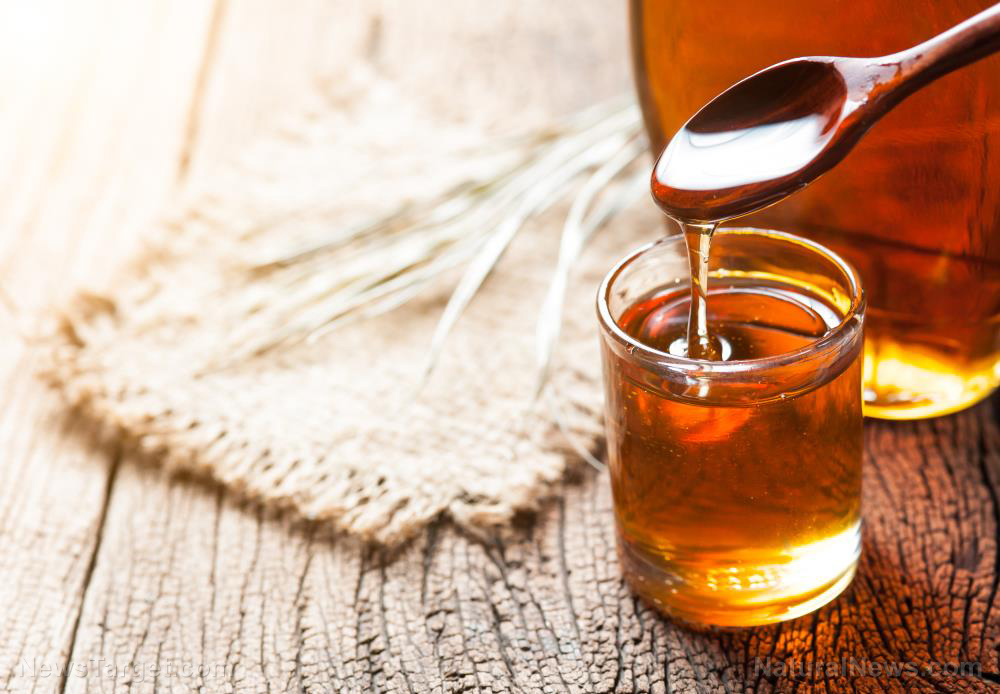Natural healing with willow bark: How to find natural aspirin when SHTF
09/01/2021 / By Zoey Sky

Knowing how to grow or where to find plants that can be used as natural remedies is an important survival skill. This ensures that when SHTF, you can still treat minor complaints like headaches or migraines.
If you frequently suffer from headaches, use willow as a natural alternative to aspirin. (h/t to PreppersWill.com)
Foraging safety tips
Before disaster strikes, learn how to properly identify plants and trees to avoid any accidents.
Some medicinal plants have poisonous lookalikes, so one mistake can cost you your life. When foraging, stick with familiar foods and forage only for edible plants you’re 100 percent sure you recognize.
Even though a lot of plants in your area are edible, there are also many poisonous ones that you may be unaware of. Sticking to what you know restricts your options for finding food, but it will also help reduce your chance of getting poisoned.
Where to find nature’s aspirin
Minor complaints like a headache or a migraine can be treated if you know which plant compounds to use. These compounds can be found in common medications like aspirin, which you might not have access to after SHTF.
In a survival scenario, you can turn to willow (Salix) trees for natural pain relief. Different species of willow, also called “osier” or “sallow,” exist in the wild. Willows often grow in partially or completely shaded areas and near streams. (Related: Survival first aid: 3 Skills that might save your life when disaster strikes.)
In Traditional Chinese Medicine (TCM) and Ayurvedic Medicine, willow bark is used to make herbal teas and topical ointments. It is called “liu shu pi” in TCM and vetasa in Ayurveda. Native Americans also use it as a remedy for temporary pain relief.
What is salicylic acid?
In 1829, Henri Leroux, a French pharmacist, isolated salicin in pure crystalline form. In 1897, Felix Hoffmann from Bayern AF created a new drug out of acetylsalicylic acid. He called it aspirin.
Aspirin is a nonsteroidal anti-inflammatory drug (NSAID). The drug works to decrease inflammation but is not a steroid.
There are other medications that are considered NSAIDs, but these work in a slightly different way from aspirin. The use of aspirin goes back to the early 1800s, when salicin, a compound in willow bark, was found to reduce pain.
It is believed that almost all the species in the Salix genus contain salicin, an active component of willow bark. Studies suggest that salicin can be used to treat knee pain and low back pain as well as pain associated with osteoarthritis and rheumatoid arthritis.
Using willow bark for natural pain relief
To get salicin from willow bark, look for shady areas with trees like:
- Bigtooth aspens
- Black willow
- Crack willows
- Purple willow
- Weeping willow
Steps:
- Once you have confirmed that you have the right tree, start scraping the bark into tiny strips. Note that it will be easier to harvest the bark during the spring and summer. You need to get the internal bark. Use the sharp edge of your knife to do this faster and more precisely.
- Next, simmer at least two teaspoons of the internal bark in a cup of water. Boil the mixture for ten minutes.
- Let the tea cool and strain before drinking it.
If you don’t have water or you don’t have time to make tea, chew on the bark to relieve a headache.
There are no guidelines on the appropriate use of willow bark for treating headaches or a migraine. Generally, oral doses of 400 mg per day are considered safe, particularly when used to treat joint pain and headaches.
Considerations before using willow bark
Do not consume willow bark if you have an allergy to aspirin because it may cause a similar reaction. If you take blood thinners or beta-blockers, willow bark may interfere with your medication.
Children and adolescents up to the age of 16 are discouraged from taking willow bark for any reason because of the risk of Reye’s syndrome, a rare condition that causes brain and liver damage. Pregnant and breast-feeding women should also avoid taking any medication that contains salicylates.
If you have gastric ulcer, be careful with willow bark. Like aspirin, using too much willow bark may cause stomach bleeding. Do not abuse salicin because it can be dangerous for your health.
When SHTF, use willow bark to make an herbal tea that can help relieve a headache or migraine.
Visit SurvivalMedicine.news for more tips on how to use natural remedies like willow bark, nature’s aspirin.
Sources include:
Tagged Under: alternative medicine, emergency medicine, first aid, herbal medicine, Herbs, natural aspirin, natural cures, natural medicine, off grid, pain killers, pain relief, plant medicine, preparedness, prepper, prepping, remedies, SHTF, survival, survival medicine, survivalist, willow, Willow bark
RECENT NEWS & ARTICLES
COPYRIGHT © 2017 REMEDIES NEWS





















